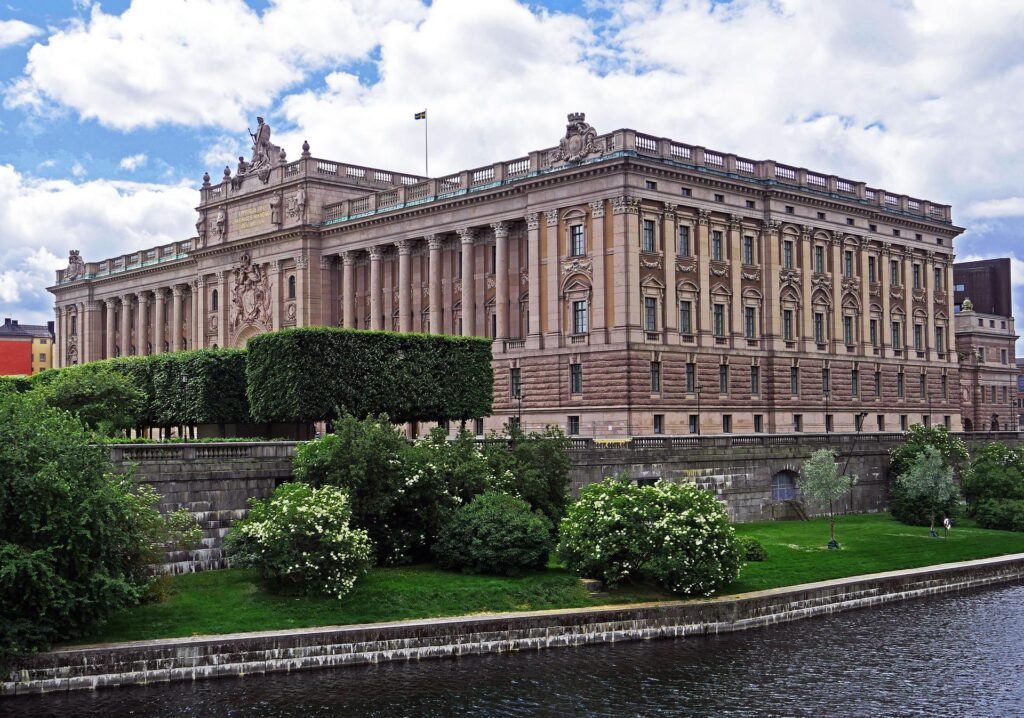Introduction
As the world population continues to grow, so does the amount of trash produced. It’s no secret that our current waste management system is failing us in most parts of the world.
But there’s one country that has found a successful way to manage its waste responsibly – Sweden. They have a very successful waste management system. They recycle and reuse almost everything, which has led to Sweden having one of the lowest levels of landfill waste in the world.
In this blog post, we will look at Sweden’s waste management system and see what lessons we can learn from it. We will also explore some of the challenges Sweden has faced with its waste management system and how they have overcome them. So, if you’re interested in learning more about Sweden’s approach to sustainable waste management, then keep reading!
Why Does Sweden's Waste Management System Matter to Us?
In Sweden, the government has implemented a comprehensive waste policy that aims to reduce waste and promote sustainable resource use. This includes efforts to encourage recycling, zero waste initiatives, and the use of waste-to-energy technologies.
One key component of Sweden’s waste management system is its extensive network of recycling centers, which accept a wide range of materials for processing. These facilities allow residents to easily dispose of their waste and recycle or upcycle items that might otherwise be thrown away.
Some of Sweden’s key waste management strategies include:
- Recycling and reusing as much waste as possible. Sweden has one of the highest recycling rates in the world, with over 90% of household waste being recycled or reused in some way. This includes metal, plastic, newspaper, batteries, electronics, and more.
- All equipment sellers are obliged to receive broken old equipment for processing in exchange when you buy a new one and give you a discount.
- The government encourages repairing household appliances by reducing the income Tax on repair costs.
- Instead of buying and owning things, sharing services are gaining more popularity in Sweden.
- Encouraging recycling through public education campaigns and incentives. Sweden has developed innovative programs like “Cash for Cans” that incentivize people to recycle by offering a cash reward for each can return. The circular economy is a whole new genre of ads for public consciousness.
- Utilizing waste to energy programs. Sweden has one of the largest WTE (waste-to-energy) systems in the world, Scrap metal, food, agricultural waste, and other sorts of rubbish are burned to generate electricity and heat.
- Those that are not burned easily are sent as construction materials to the roads.
- Minimizing landfill waste by using incineration. Sweden has almost zero landfills which is amazing. They are now importing waste from other countries like Great Britain, Italy, and many more for continuous energy generation.
There are many reasons why Sweden’s waste management system and policies matter to us. As the world population continues to grow, it is important that we find more sustainable ways to manage our waste.
Sweden’s success in reducing landfill waste, WTE program-waste to energy, and recycling or reusing almost everything is an inspiration to the rest of the world. We can learn from their example and implement some of the same strategies in our own countries. Thanks to their lawmakers!

How Sweden Recycles Their Waste into Resources
Sweden has developed a sophisticated infrastructure that allows them to recycle or reuse nearly all their waste – from household waste to scrap metal and electronics. They have developed the recycling mentality, and even the youngest people are concerned about this. Two things help them to gain their target:
- Developing an extensive network of materials recovery facilities (MRFs) where waste is sorted and separated into different categories. These facilities can process everything from paper, glass, electronics, organic, plastic, metal, and other types of waste.
- Utilizing waste to energy programs, where waste is burned to generate electricity and heat. This helps Sweden reduce their landfill waste and reduces its reliance on non-renewable energy sources. This is surely the treasure, or it could have cost the Swedes money for generating electricity and heat, and this way they turn waste into resources.
How Sweden Does It Differently and Better Than Others and what are the difficulties of the waste management system?
Several key factors contribute to Sweden’s success in waste management. First, they have made it a priority and a national goal to reduce their reliance on landfills. This has encouraged public participation in recycling programs and reduced the amount of waste generated by households.
Second, Sweden has established a strong network of MRFs that can process a wide variety of waste. This allows Sweden to recycle or reuse nearly all of its waste, instead of sending it to landfills.
Finally, Sweden has utilized waste-to-energy programs to generate electricity and heat. This reduces Sweden’s landfill waste and helps them reduce their reliance on non-renewable energy sources.
Sweden’s waste management policies are a model for the rest of the world. By implementing some of the same strategies, we can make our own countries more sustainable and reduce our reliance on landfills.
Even though the WTE program monitors Powerplants associated with Waste to Energy generation for filtering fumes before they are released into the air, some citizens have opposing views on the burning of waste. Some of them aren’t convinced, and they believe there may be a better option. Researchers are undoubtedly working to make it more comfortable and acceptable to all citizens.
Conclusion
Sweden has one of the most successful and sustainable waste management systems in the world. By recycling or reusing nearly all their waste, they have reduced their reliance on landfills and improved their environmental sustainability.
We can learn from Sweden’s example and implement some of the same strategies in our own countries. By prioritizing waste reduction and investing in MRFs and WTE programs, we can make our waste management systems more efficient and reduce our environmental impact.
However, there will always be challenges to implementing these changes, including public opposition to incineration or concerns about the environmental impact of MRFs. Nevertheless, Sweden’s success is a testament to the importance of investing in sustainable waste management practices. Sweden’s example should inspire us to act in our own countries and make waste management a priority.




4 Responses
Thx.
You’re welcome
Cheers
Thanks